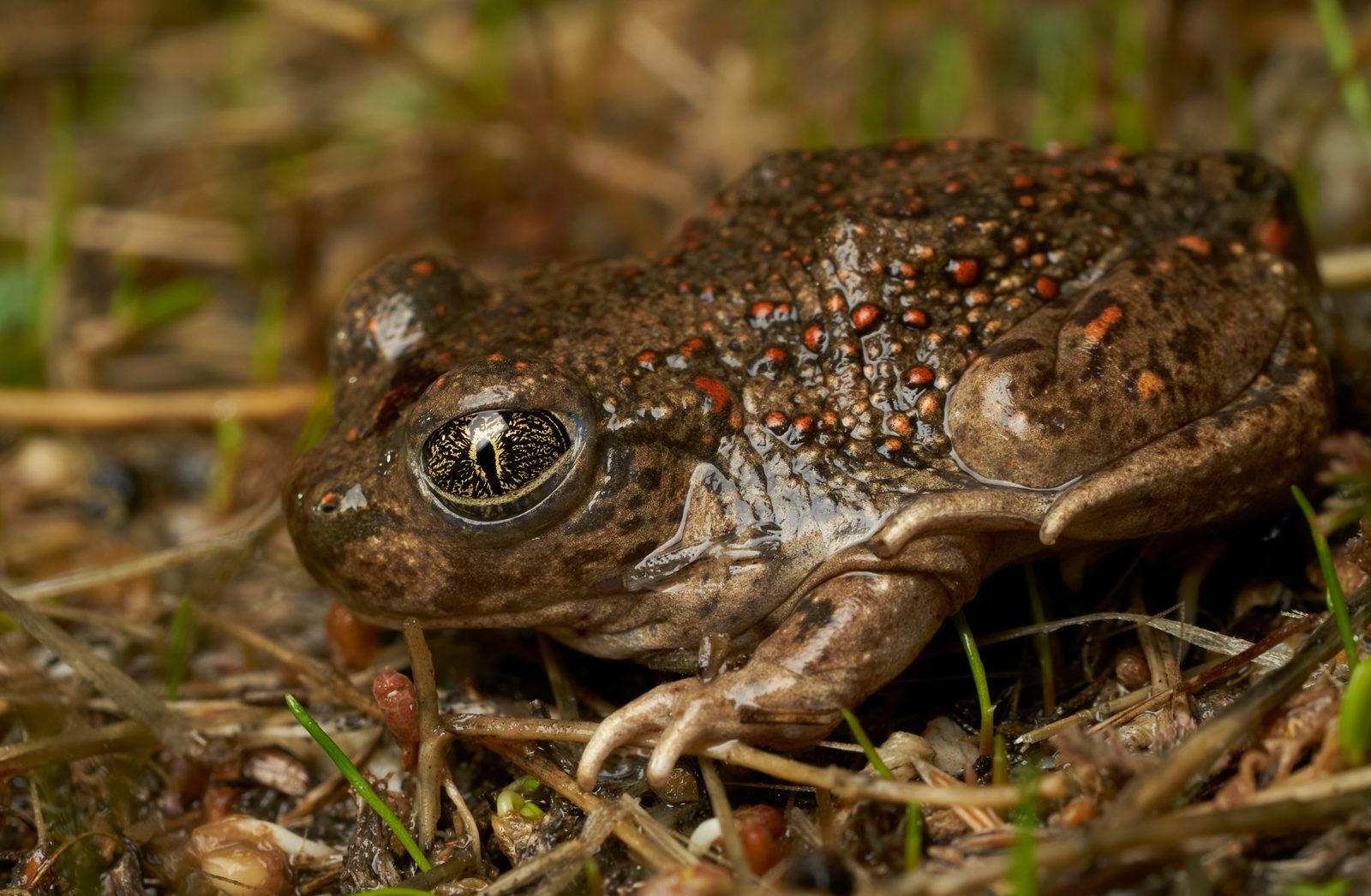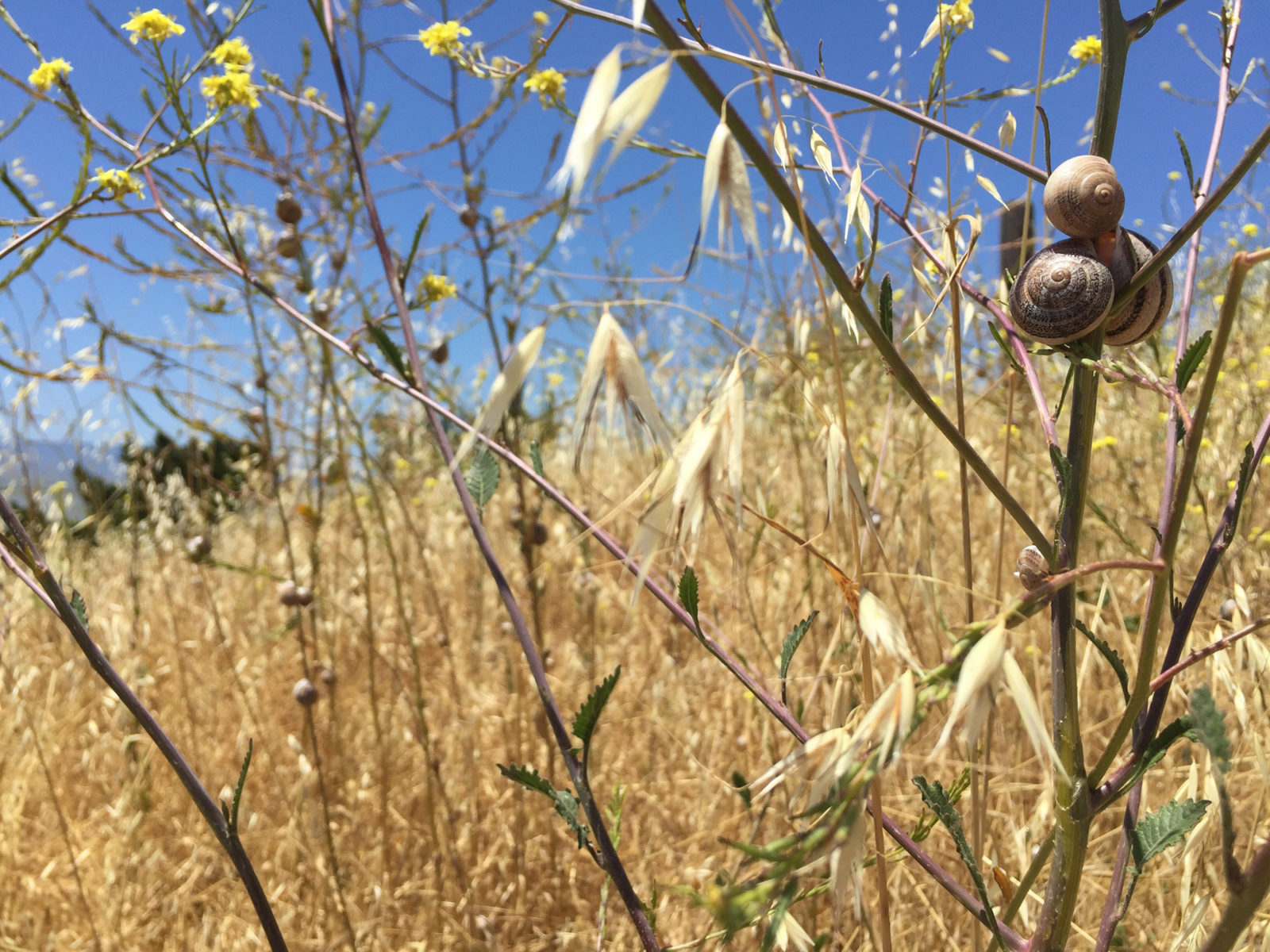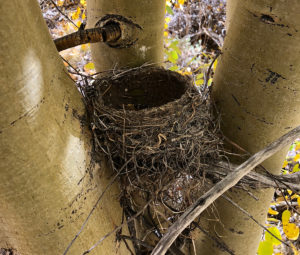How do slugs and salamanders survive the summer?
Ah, seasons. The Bay Area may not have the distinct seasonality of New England, but there is a definite cool and rainy season and a definite dry and hot season, and our natural denizens have had to adapt.
Many plants do this by, well, not surviving by the time summer comes around. Annual plants, like many of our spring wildflowers, live an exuberant, flower filled life for a few months then drop their seeds and die by May or June. Although some annuals, like good old vinegarweed (Trichostema lanceolatum), should be flowering pretty soon — take a whiff if you come across it on a hike!
However, plenty of animals don’t have the luxury of shuffling off this mortal coil after each spring, and some of them would dry out pretty quickly in our arid summers. So rather than evolve sweat glands, evolution took them on the path of summer dormancy, a state we humans dub aestivation (also spelled “estivation”). Most of us are familiar with the term hibernation, but that refers to a winter torpor state, and is practiced exclusively by endotherms (aka warm-blooded creatures); to further complicate things, reptiles such as snakes also go dormant in winter, and this behavior is called brumation. In these states, metabolism slows down so that the organism can survive long periods without consuming food, but in general aestivation is a less complex ordeal from which the organisms can recover more quickly.
For better or worse — better, I say — banana slugs (Ariolimax sp.) are an iconic Bay Area animal, and anyone who’s walked in a damp forest during the rainy season has likely come across a few oozing their way over the leaf litter. But on a summer amble through the woods, you’ll find that banana slugs are in short supply, and that’s because these mollusks would quickly dessicate if they didn’t aestivate. An aestivating banana slug protects itself not only with nearby leaves and soil, it exudes a thick layer of mucus — a truly wondrous substance — to prevent moisture from quickly exiting its porous body.

Snails have much less surface area to deal with, but they are still prone to drying out in hot weather. So many snails, like the introduced and now ubiquitous garden snail (Cornu aspersum), plug up their shell’s aperture with an epiphram, which is a thick disc comprised of secreted mucus (woo hoo!). Many snails will also climb up from the ground before aestivating, possibly to avoid both high ground temperatures and predators.
Amphibians are another group of animals prone to dessication, and they too aestivate when necessary. During winter, lungless salamanders like ensatinas (Ensatina eschscholtzii) spend their days under cover objects, wandering about at night to hunt and mate. But when summer rolls around, they’ll take to underground burrows or the interiors of rotting logs and go dormant.
Two charismatic local aestivators are amphibians whose livelihood depends on vernal pools for breeding as well as separate habitat needed for dry times. The first of these is the California tiger salamander (Ambystoma californiense). This spotted, wide-mouthed beast — adults can reach lengths of over eight inches, including the tail — spends much of the year underground in rodent burrows, particularly those created by the California ground squirrel (Otospermophilus beecheyi). While it is assumed they aestivate, no conclusive proof of this has ever been offered. They do feed on invertebrates in these underground domiciles, however. I’ve heard tell they can sometimes be seen at burrow entrances at night, but haven’t seen this myself.

The second, and perhaps my favorite local amphibian, is the adorably bizarre western spadefoot (Spea hammondii), which is clearly the inspiration for Futurama’s Hypnotoad (although spadefoots have vertical pupils and are not fictional television stars). Named for the hardened dark “spade” on their back feet, these toad-like creatures likely aestivate for nearly the entire year, becoming active only during the breeding season. While aestivating, the urea levels in amphibian blood increase, which allows them to osmotically absorb water from the surrounding soil, provided conditions are right (Shoemaker et al., 1969; Jones, 1980).
Heavy rains trigger the spadefoots’ emergence from underground burrows, and from there adults make their way to temporary vernal pools, where they compete for mates and eventually lay their eggs. This is also the only time of the year when adults can grab some food. The spadefoots soon return to the earth where they will aestivate until next year’s rains beckon, although in years with little to no rain, they might never emerge at all. Both the California tiger salamander and the western spadefoot have seen dramatic habitat loss due to residential and agricultural development.
So as you work up a good sweat while on a summer hike, cherish the fact that we humans can even be out and about on a hot day, and try to imagine the multitude of animals about you, laying unseen and awaiting the winter rains.





